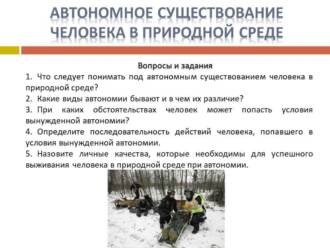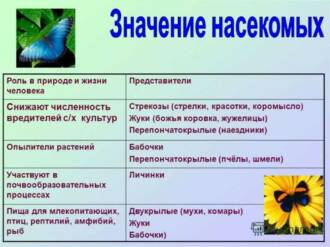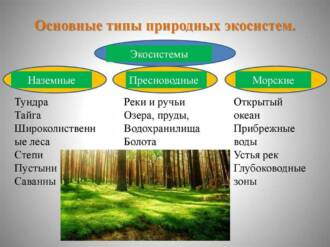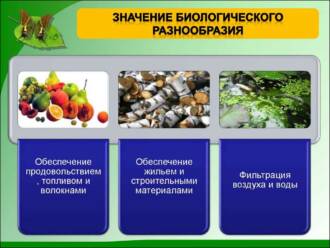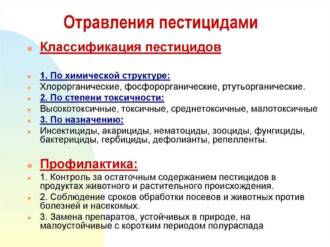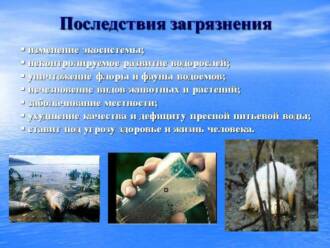
Butterflies are one of the most beautiful and amazing creatures of nature. Their colorful wings, unique patterns and elegant movement draw attention and capture people's imagination. However, in addition to their aesthetic value, butterflies also play an important role in the ecosystem and have a great impact on the environment.
First, butterflies are plant pollinators. They carry pollen from one flower to another, facilitating the pollination process and allowing plants to reproduce. Without butterflies, many plant species would not be able to reproduce and survive. Thus, the conservation of butterflies is necessary to maintain biodiversity and the ecosystem as a whole.
Secondly, butterflies are an important link in the food chain. They serve as a food source for many animals such as birds, frogs and insectivores. If the butterflies disappear, it could disrupt the food chain and negatively impact the entire ecosystem. Therefore, the protection and conservation of butterflies has a direct impact on the biological balance and sustainability of the ecosystem.
Finally, the conservation of butterflies is also important for humans. The study of these winged creatures allows us to better understand nature and its complex relationships. Butterflies also serve as indicators of ecological health, and their presence and diversity can indicate the health of the environment. Watching butterflies and their migrations also provides an opportunity for scientific research and discovery.
In general, the protection and conservation of butterflies is an important task that requires attention and effort from society. This is not only a way to preserve the beauty of nature, but also to ensure the sustainability of the ecosystem and the well-being of all its inhabitants, including ourselves.
Butterfly Protection: Significance and Environmental Impact
Butterflies are one of the most beautiful and amazing types of insects. They play an important role in the ecosystem and influence the environment.
One of the main ways to protect butterflies is to preserve their natural habitat. Butterflies depend on certain plants for their source of food and for their eggs. Therefore, it is important to preserve the diversity of plant species in order to provide butterflies with enough food and breeding conditions.
However, the impact on the environment can also be negative. The use of pesticides and herbicides in agriculture can poison butterflies and destroy their natural habitats. Therefore, it is important to apply alternative tillage and pest control methods to minimize negative impacts on butterflies and their habitat.
Butterfly protection is also linked to biodiversity conservation. Butterflies are important pollinators of plants, visiting them facilitates the transfer of pollen and ensures plant reproduction. In addition, they serve as food for other animals such as birds and frogs. Therefore, the conservation of butterflies contributes to maintaining the balance in the ecosystem and the conservation of other animal species.
In general, the protection of butterflies is of great importance for the conservation of biodiversity and the health of ecosystems. Understanding and respect for these beautiful creatures will allow us to take measures to preserve them and create favorable conditions for their existence.
Why are butterflies important to an ecosystem?
Butterflies play an important role in the ecosystem, performing several functions that promote balance and diversity in nature.
1. Plant pollinators
Butterflies are one of the main pollinators of plants. They feed on the nectar of flowers and, in the process of visiting flowers, carry pollen from one flower to another. This contributes to the pollination of plants and ensures their reproduction. Without butterflies, many plants would not be able to continue their existence, which would lead to disruption of the food chain and loss of biodiversity.
2. Food source for other animals
Butterflies are an important food source for many other animals, including birds, bats, and insectivores. Butterfly larvae serve as food for a variety of animals, including spiders, birds, frogs, and fish. The loss of butterflies can lead to a decrease in the population of other species, which can have negative consequences for the entire ecosystem.
3. Environmental indicator
Butterflies can serve as an indicator of the state of the environment. They are sensitive to changes in air, water and soil quality, as well as to the use of pesticides. Therefore, if the butterfly population is declining or the species composition is changing, this may indicate an imbalance in the ecological balance and problems in the ecosystem.
In general, butterflies play an important role in the ecosystem, and their conservation is necessary to maintain biodiversity and the stability of natural processes. They are not only beautiful creatures, but also an indispensable part of our nature.
Biodiversity: The Role of Butterflies in Species Conservation
Butterflies play an important role in maintaining biodiversity in nature. They are important pollinators of many plants, contributing to their reproduction and conservation of species. Butterflies feed on the nectar of flowers, while transferring pollen from one flower to another. This is the process of pollination that is necessary for the formation of seeds and fruits in plants.
Butterflies also perform an important ecological function by participating in the food chain. They are food for many carnivorous animals such as birds, frogs and insectivores. The consumption of butterflies helps to maintain a balance in natural ecosystems and prevent the over-reproduction of certain insect species.
It is important to note that a decline in the butterfly population can negatively affect biodiversity and ecological balance. Climate change, environmental pollution, destruction of natural habitats - all this can lead to a decrease in the number and diversity of butterflies.
Impact on the plant world
Butterflies play an important role in the pollination of plants, especially flowering plants. They carry pollen from one flower to another, contributing to the formation of seeds and fruits. Without the participation of butterflies, many plant species would not be able to reproduce and survive. A decrease in the number of butterflies can lead to a decrease in the number of pollinated plants and degradation of ecosystems.
Impact on food chains
Butterflies are a food source for many animals, especially birds and insectivores. Their consumption contributes to the maintenance of balance in the food chain and prevents excessive reproduction of insects. Decreasing butterfly populations can disrupt food chains and worsen conditions for other animal species.
Butterflies and flower pollination: importance for plants
Butterflies play an important role in the pollination of flowers and promote plant reproduction. They are one of the main pollinators, carrying pollen from one flower to another.
Butterflies are attracted to flowers for their bright colors and scents. They choose flowers that contain nectar, a sweet liquid that they feed on. When visiting a flower, the butterfly applies the pollen to its body and then transfers it to other flowers when it visits them.
Plants depend on pollination for their reproduction and distribution. The pollen contains the male sex cells of the plant, which must be delivered to the female reproductive organs in order for fertilization and seed formation to occur.
Through pollination, plants have the ability to create new plants and diversity in their populations. Butterfly pollination also contributes to the conservation of plant genetic diversity and the maintenance of ecosystem balance.
Butterfly pollination can also affect flower color and shape. Plants may develop bright and attractive flowers to attract more butterflies and other pollinators. They can also change the shape and structure of flowers to make it easier for butterflies to access nectar.
In general, butterflies play an important role in the pollination of flowers and contribute to plant diversity and reproduction. Their conservation and protection are necessary to maintain biological balance and preserve nature.
Butterfly caterpillars: food for other animals
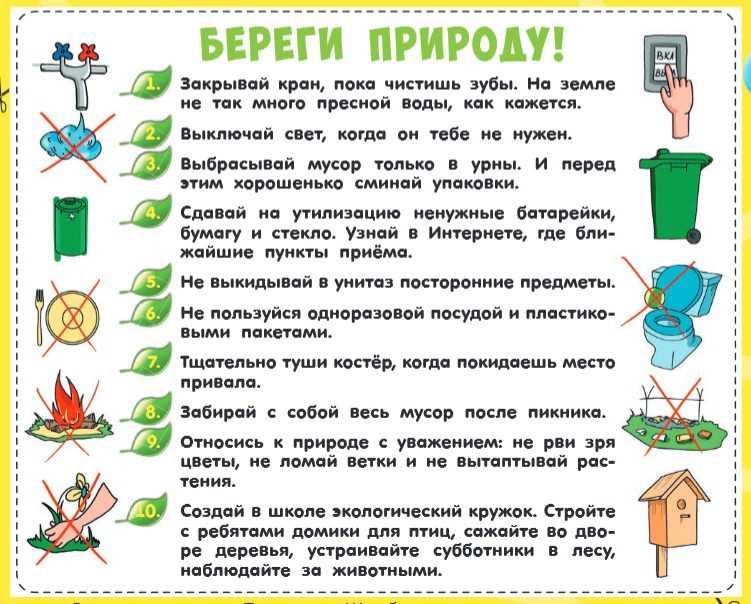
Butterfly caterpillars play an important role in the food chain and are the main food source for many other animals. They are a valuable food source for birds, lizards, frogs and many insects.
Birds are one of the main predators of butterfly caterpillars. They actively prey on caterpillars to satisfy their need for protein. Many species of birds, such as the titmouse, woodpecker, and swallow, are specialized in eating butterfly caterpillars.
Lizards are also food for caterpillars. They hunt caterpillars using their speed and agility. Lizards such as the chameleon lizard and the hedgehog lizard actively feed on caterpillars and contribute to the balance of the ecosystem.
frogs are another popular predator of butterfly caterpillars. They use their long tongues to catch caterpillars and eat them. Frogs such as the tropical arrow frog and flying frog rely on caterpillars as their main food.
Besides, many insects They also feed on butterfly caterpillars. For example, wasps, parasitic wasps, and some species of beetles use caterpillars as their food or as hosts for their larvae.
Thus, butterfly caterpillars play an important role in the food chain, providing food for many other animals. Their conservation and protection are necessary to maintain biological diversity and balance in nature.
The role of butterflies in the food chain
Butterflies play an important role in the food chain by participating in various ecosystems and interacting with other organisms.
Pollinization: One of the key roles of butterflies is pollination of plants. When butterflies feed on the nectar of flowers, they accidentally transfer pollen from one flower to another, aiding pollination and plant reproduction.
Food chain: Butterflies are a food source for many other animals. Butterfly larvae and pupae serve as food for birds, bats, lizards and other predators. Adult butterflies can also be eaten by birds and insectivorous mammals.
Insect population regulation: Some butterflies, such as moths and hawks, are predators of other insects, including crop pests. They help regulate pest populations and maintain ecological balance in the environment.
Environmental quality indicator: Butterflies can also serve as indicators of environmental quality. Changes in butterfly populations and species diversity can indicate changes in the ecosystem and environmental pollution. Therefore, protecting and conserving butterflies is an important step to maintain health and balance in the natural environment.
Butterflies and Ecological Status Indicators
Butterflies are important indicators of the ecological state of the environment. Their presence or absence in a particular region may indicate the quality and stability of the ecosystem. Butterflies respond to climate change, air pollution, pesticide use, and the destruction of their natural habitat.
Some species of butterflies are specialists in certain plants, and if their numbers are declining, this may indicate problems in the population of these plants. Thus, the disappearance or deterioration of butterflies can be a warning signal of an imbalance in the ecological balance and possible problems for other organisms in the ecosystem.
Butterflies also play an important role in plant pollination. They carry pollen from one flower to another, facilitating the pollination process and ensuring plant diversity and reproduction. If the butterfly population declines, this can lead to reduced pollination and poor soil fertility.
The conservation of butterflies and their habitats is essential to maintain biodiversity and ecological balance. This can be achieved by creating and protecting natural reserves and parks where butterflies can take refuge and feed on natural plants. It is also important to limit the use of pesticides and maintain a variety of vegetation to ensure a variety of food sources for butterflies. In general, the protection and conservation of butterflies play a key role in maintaining the health of the environment and its ecological balance.
Threats to Butterflies: Climate Change and Habitat Loss
Butterflies are a vulnerable species facing many threats. One of the main reasons for the deterioration of their population is climate change. Changing temperature conditions and the distribution of rainfall affect the life cycles of butterflies and their habitats.
Climate change leads to a shift in the boundaries of the ranges of butterflies. Some species cannot adapt to new conditions and lose their habitats. As a result, the butterfly population is declining, and some species may even disappear completely.
Along with climate change, butterflies are also facing the loss of their habitats. The destruction and alteration of natural ecosystems, including forests, fields and wetlands, leads to a decrease in the area of habitats available to butterflies. This limits access to the plants on which they feed and reproduce.
Commercial land use, including agriculture, also has a negative impact on butterflies. The use of pesticides and herbicides can kill butterflies directly or destroy their habitats and food sources.
To save butterflies, it is necessary to take measures to reduce greenhouse gas emissions and the careful use of natural resources. It is also necessary to create and maintain protected areas where butterflies can live and breed without human intervention. Only by working together can we preserve this colorful and important element of our environment.
Protecting butterflies: creating and maintaining their habitat
Butterflies are one of the most beautiful and amazing creatures of nature. They play an important role in the ecosystem, acting as pollinators for plants and as a source of food for other animals. However, many butterfly species face threats such as habitat loss, pollution and climate change.
To protect butterflies, it is necessary to create and maintain their habitat. One of the key steps is to conserve and restore the natural habitats of butterflies, such as grasslands, forests and gardens. This may include the creation of special protected areas or gardens where the plants necessary for feeding and breeding of butterflies will grow.
It is also important to pay attention to the use of pesticides and chemicals that can harm butterflies. Measures should be taken to reduce their use and encourage alternative pest control methods such as biological control or the use of natural repellents.
Another important aspect of butterfly protection is public awareness. People need to be aware of the importance of butterflies in the ecosystem and what actions can help them survive. This may include conducting educational activities, creating informational materials and getting the public involved in the protection of butterflies and their habitats.
In general, protecting butterflies and their habitats is an important step to conserve biodiversity and maintain environmental sustainability. This requires joint efforts on the part of state bodies, scientific institutions, the public and individuals.
Butterflies and pesticide use: negative consequences
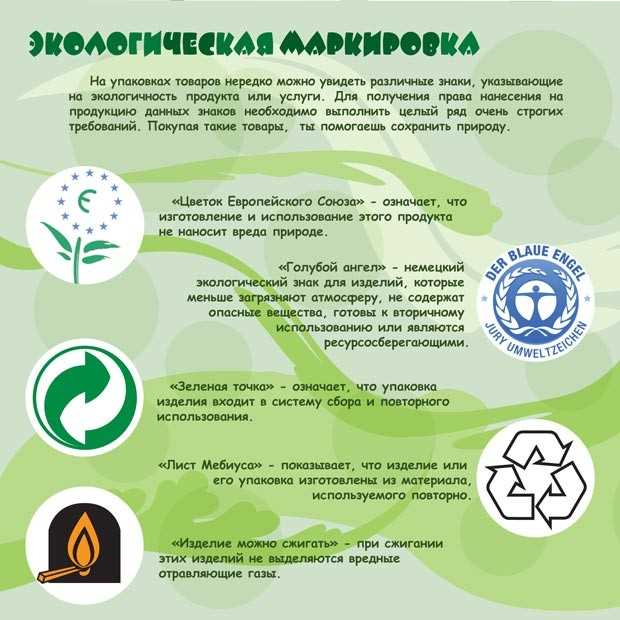
The use of pesticides has serious negative effects on butterfly populations. In modern agriculture, pesticides are widely used to protect plants from pests, but they also affect butterflies, which are important pollinators and indicators of ecosystem health.
One of the major negative effects of pesticide use on butterflies is the destruction of their habitats. Many species of butterflies depend on certain plants on which they lay their eggs and feed in their larvae and adults. However, pesticides can destroy these plants or make them unsuitable for breeding butterflies. This leads to a reduction in the abundance and diversity of butterfly species in the environment.
In addition, pesticides can have a direct negative effect on butterflies. They can kill butterflies directly on contact, or cause chronic disease and weaken their immune systems. This makes the butterflies more vulnerable to other factors such as climate change and habitat loss.
Moreover, the use of pesticides can lead to the accumulation of toxic substances in the food chain that includes butterflies. Butterflies can feed on plants on which pesticides have been applied, and toxic substances can accumulate in their tissues. This can cause various pathologies and reduce the reproductive capacity of butterflies, which can eventually lead to a reduction in their populations.
In general, the use of pesticides has serious negative consequences for butterflies and the ecosystems in which they exist. In order to protect butterflies and preserve their place in nature, it is necessary to look for alternative methods of plant protection that will not have such a negative impact on biodiversity and ecosystem health in general.
Society's Role in Butterfly Conservation
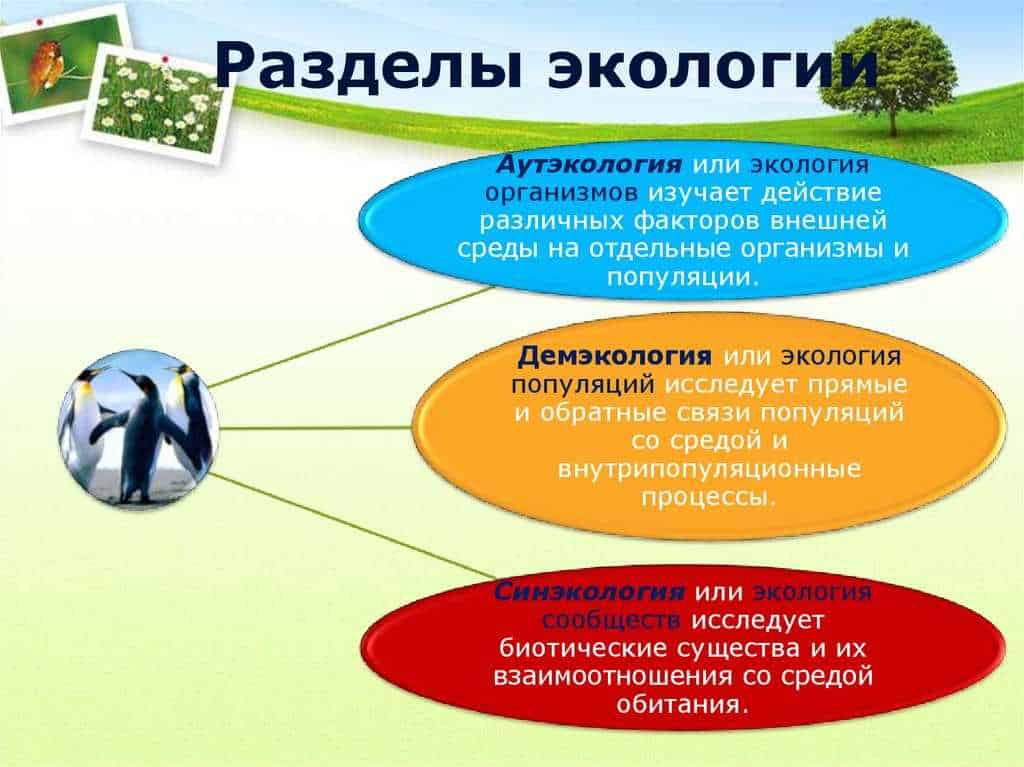
Butterflies play an important role in the ecosystem, and maintaining their diversity is a challenge not only for scientific researchers, but for the whole society. People can do a lot to save butterflies and their habitats.
Creating a favorable environment for butterflies
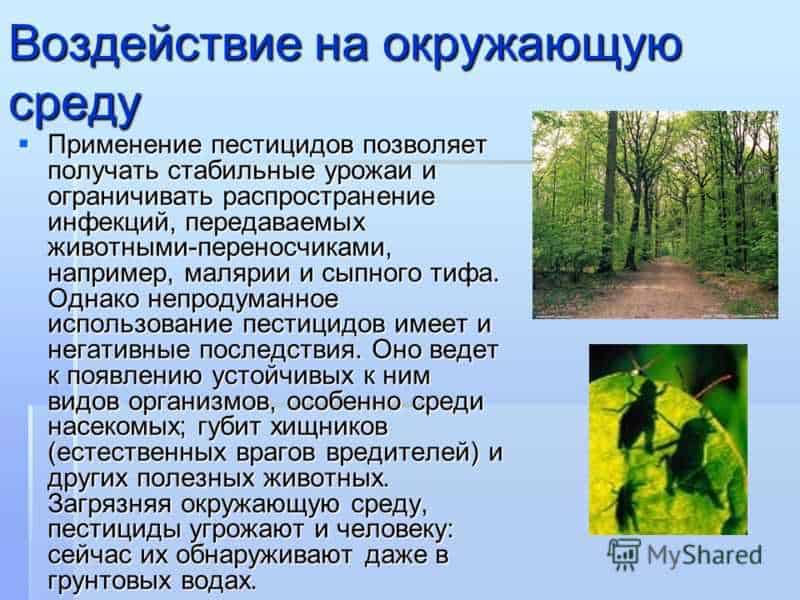
One of the main tasks of society is to create a favorable environment for butterflies to live. To do this, it is necessary to preserve and restore their natural habitats, such as grasslands, fields and forests. It is also important to conserve places where butterflies can breed and feed, such as the different types of plants on which they depend.
Limiting the use of pesticides
Harmful chemicals such as pesticides can negatively impact butterflies and their habitats. Society should limit the use of pesticides and encourage more environmentally friendly pest control practices. This will help conserve the butterflies and prevent deterioration in their numbers and diversity.
Education and information

Society can play an important role in butterfly conservation through education and awareness. It is necessary to carry out educational programs aimed at children and adults in order to raise awareness of the importance of butterflies in the ecosystem and how to preserve their diversity. It is also important to spread the word about ways people can get involved in the conservation of butterflies and their habitats, such as participating in a butterfly watching program or creating gardens that attract these beautiful insects.
Butterfly education and awareness
Butterfly education and awareness play an important role in maintaining their abundance and diversity. A correct understanding of the life cycle, behavioral patterns and role of butterflies in the ecosystem helps people make more informed decisions about the environment.
Educational programs aims to convey to children and adults knowledge about butterflies, their species diversity, the status of their populations and the threats they face. This can be organizing excursions to nature reserves or butterfly gardens, holding lectures and master classes, creating interactive educational materials.
Public information about the importance of butterflies and their protection is also an integral part of the conservation of these beautiful insects. Through mass media, social networks, exhibitions and other public events, information about butterflies, their role in plant pollination and maintaining biodiversity can be disseminated.
Building networks and organizationsinvolved in the protection and conservation of butterflies also contributes to information and education. They conduct research, develop programs for monitoring and protecting butterflies, organize conferences and seminars, exchange experience and knowledge with other organizations and specialists.
In general, education and awareness about butterflies help raise people's awareness of the importance of biodiversity and human impact on the environment. This contributes to a more responsible attitude towards nature and the adoption of measures for its conservation.
Human-Butterfly Interaction: Research and Tourism

Research
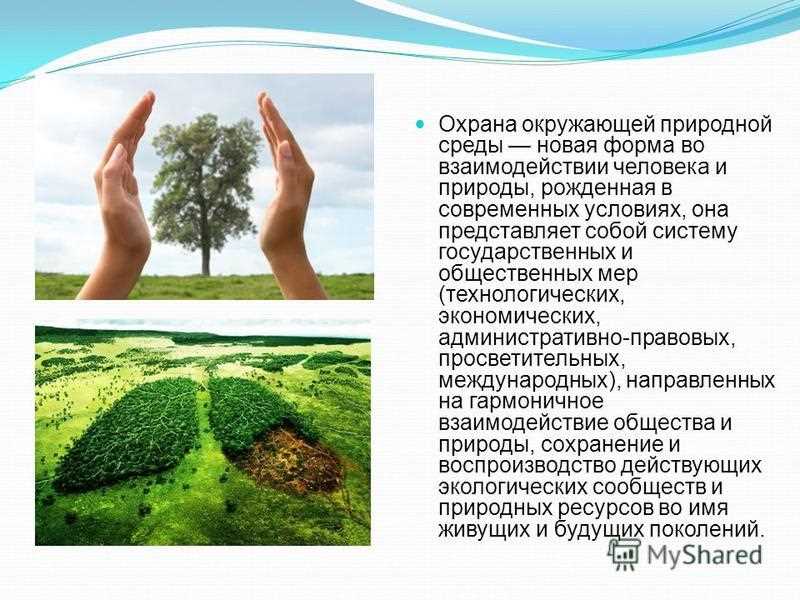
Butterflies are amazing creatures that attract the attention of many scientists. Research on butterflies allows us to expand our understanding of nature, their behavior and interaction with the environment. Scientists study the diversity of butterfly species, their migration routes, their role in pollination of plants and their interaction with other animals.
Butterfly studies can also be useful in assessing the state of ecosystems and their degree of pollution. Butterflies are indicators of environmental quality, and changes in their abundance and distribution can indicate problems in an ecosystem.
Tourism
Butterflies attract not only scientists, but also nature lovers. Butterflies are popular subjects for photography and observation. Many people visit special butterfly gardens or reserves to enjoy the beauty of these winged creatures.
The tourism potential associated with butterflies can be used to develop ecotourism and preserve natural lands. Establishing special butterfly-watching trails and educating tourists about the importance of their conservation can help develop local communities and conserve biodiversity.
However, it is important to remember that tourism must be sustainable and not harm the environment and its inhabitants. The regulation of visits and the conservation of natural habitats of butterflies should be the main principles for the development of tourism related to these amazing insects.

